Plot
Michele Pezza is a brigand known as "Fra Diavolo" and fights with his "masses" in the mountains of Campania to drive the French out of the Kingdom of Naples. Having succeeded, thanks to his courage and skill in both military and espionage, the new Neapolitan government lavishes him with honors and appoints him colonel of the regular army. He marries Fortunata, a Neapolitan noblewoman whom he had known and loved from his days as a brigand, and by her, he has a son. In the long run, however, in that idle life among the comforts and riches, he feels nostalgia for the adventurous existence he had always led. When the French returned to the charge again, he refused to command the regular army. He reconstitutes his irregular bands, which have never disbanded and gives battle to the foreigners without quarter until overwhelmed by the enemy's numbers and weapons. He is captured and sentenced to death. Thanks to the intervention of Gabriella Del Prà, an influential lady sincerely in love with him though never reciprocated, his sentence is suspended on condition that he submit to the new French government. On the journey to Naples, Fra Diavolo manages to escape with Gabriella's complicity and hides in the mountains of Calabria, entering into legend.
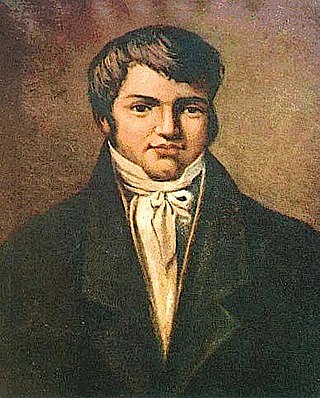
Fra Diavolo, is the popular name given to Michele Pezza, a guerrilla leader who resisted the French occupation of Naples, proving an "inspirational practitioner of popular insurrection". Pezza figures prominently in folk lore and fiction. He appears in several works of Alexandre Dumas, including The Last Cavalier: Being the Adventures of Count Sainte-hermine in the Age of Napoleon, not published until 2007 and in Washington Irving's short story "The Inn at Terracina".
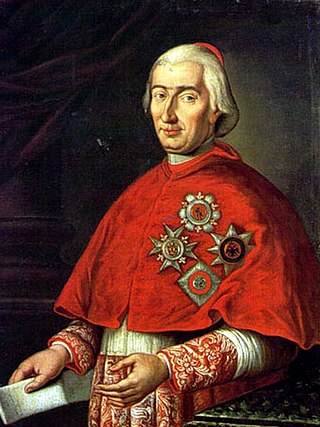
Fabrizio Dionigi Ruffo was an Italian cardinal and politician, who led the popular anti-Jacobin Sanfedismo movement.

Itri is a small city and comune the province of Latina, Lazio, central Italy.

Enzo Fiermonte, sometimes credited as William Bird, was an Italian actor and boxer.

Enrico Viarisio was an Italian theatre and cinema actor.

Fra Diavolo, ou L'hôtellerie de Terracine is an opéra comique in three acts by the French composer Daniel Auber, from a libretto by Auber's regular collaborator Eugène Scribe. It is loosely based on the life of the Itrani guerrilla leader Michele Pezza, active in southern Italy in the period 1800-1806, who went under the name of Fra Diavolo.

The siege of Gaeta saw the fortress city of Gaeta and its Neapolitan garrison under General Louis of Hesse-Philippsthal besieged by an Imperial French corps led by Marshal André Masséna. After a prolonged defense in which Hesse was severely wounded, Gaeta surrendered, and Masséna granted its garrison generous terms.
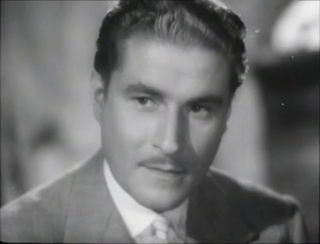
Amedeo Nazzari was an Italian actor. Nazzari was one of the leading figures of Italian classic cinema, often considered a local variant of the Australian–American star Errol Flynn. Although he emerged as a star during the Fascist era, Nazzari's popularity continued well into the post-war years.
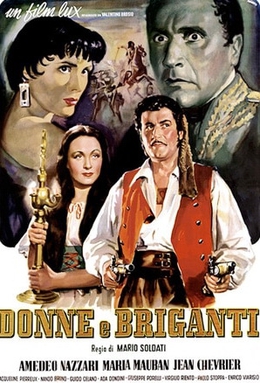
Women and Brigands is a 1950 French-Italian historical melodrama adventure film directed by Mario Soldati and starring Amedeo Nazzari, Maria Mauban and Jean Chevrier. It is based on the story of the legendary guerilla fighter Fra Diavolo, who led a major uprising against French forces in Naples during the Napoleonic Wars. In 1953 it was released in a dubbed version in the United States under the alternative title The King's Guerrillas.

The Four Days of Naples was an uprising in Naples, Italy, against Nazi German occupation forces from September 27 to September 30, 1943, immediately prior to the arrival of Allied forces in Naples on October 1 during World War II.
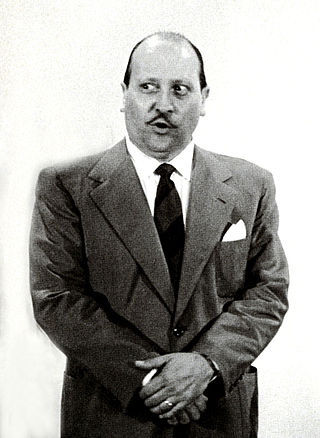
Carlo Romano was an Italian actor, voice actor and screenwriter.
Nicola Manzari was an Italian screenwriter and director. He wrote for 38 films between 1940 and 1975.
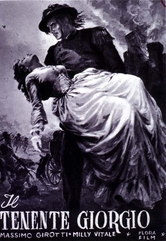
Lieutenant Giorgio is a 1952 Italian historical melodrama film directed by Raffaello Matarazzo and starring Massimo Girotti, Milly Vitale and Paul Muller. It was shot at the Ponti-De Laurentiis Studios in Rome and on location around San Giovanni in Fiore in Calabria. The film's sets were designed by the art director Piero Filippone.
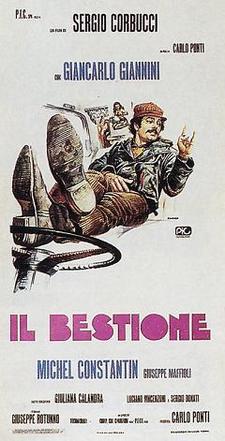
The Beast is an Italian comedy directed by Sergio Corbucci and stars Gabriella Giorgelli, Michel Constantin and Giancarlo Giannini.

An Adventure of Salvator Rosa is a 1939 Italian historical adventure film directed by Alessandro Blasetti and starring Gino Cervi, Luisa Ferida and Rina Morelli. It is set in seventeenth century Naples, then occupied by Spain, where a famous artist celebrated for his paintings of the rich leads a double life as a secret defender of the poor and oppressed.

The Gay Swordsman is a 1950 Italian historical adventure film directed by Riccardo Freda and starring Carlo Ninchi, Gianna Maria Canale and Franca Marzi.
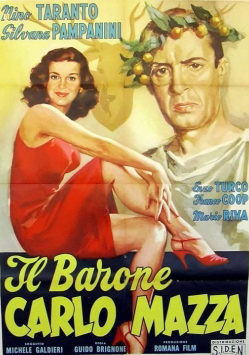
Baron Carlo Mazza is a 1948 Italian musical comedy film directed by Guido Brignone and starring Nino Taranto, Silvana Pampanini and Enzo Turco. The film's art direction was by Virgilio Marchi.
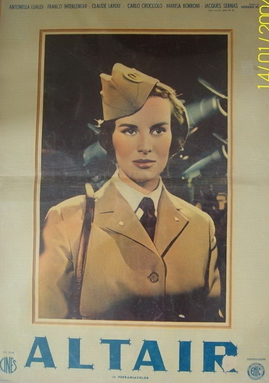
Altair is a 1956 Italian melodrama film directed by Leonardo De Mitri and starring Franco Interlenghi, Antonella Lualdi and Jacques Sernas.

Nicola De Giosa was an Italian composer and conductor active in Naples. He composed numerous operas, the most successful of which, Don Checco and Napoli di carnevale, were in the Neapolitan opera buffa genre. His other works included sacred music and art songs. His songs were particularly popular, bringing him fame as a salon composer both in Italy and abroad. De Giosa died in Bari, the city of his birth, at the age of 66.
The Champion is a 1943 Italian sports film directed by Carlo Borghesio and starring Enzo Fiermonte, Vera Bergman and Erminio Spalla.
This page is based on this
Wikipedia article Text is available under the
CC BY-SA 4.0 license; additional terms may apply.
Images, videos and audio are available under their respective licenses.














